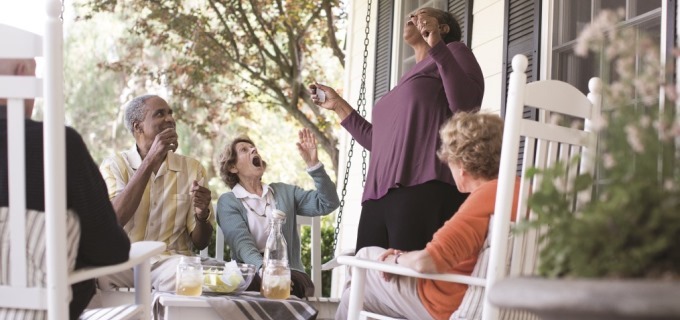Search for a doctor or hospital in your network.


Search for a doctor or hospital in your network.

Get News & Updates Directly To Your Inbox
 Over the last decade, new cases of diabetes have increased 18.6 percent in the U.S., showing the growing impact of the epidemic. All told, more than 38 million Americans have diabetes today — and the numbers keep rising. The majority (about 95 percent) have Type 2 diabetes.
Over the last decade, new cases of diabetes have increased 18.6 percent in the U.S., showing the growing impact of the epidemic. All told, more than 38 million Americans have diabetes today — and the numbers keep rising. The majority (about 95 percent) have Type 2 diabetes.With Type 2 diabetes, the body doesn’t use insulin the way it should to control blood sugar (blood glucose) levels. This is known as insulin resistance. At first, the pancreas produces extra insulin to make up for the body’s poor use. Over time, the pancreas can no longer keep up. It can’t create enough to maintain normal blood glucose levels.
High blood sugar increases inflammation in your arteries. When this happens, your organs don’t get the blood they need to stay healthy and function properly. With diabetes you have a greater risk for stroke, heart attack, kidney failure, vision loss and advanced memory loss.
An unhealthy lifestyle can trigger the onset of the disease, but genetics play a role, too. Some groups of people have a higher risk for Type 2 diabetes than others. The disease is more common in African Americans, Latinos, Native Americans and Asian Americans/Pacific Islanders.
While there isn’t a cure for diabetes, a lot can be done to control blood sugar levels so individuals can live well with the disease. Lifestyle changes, oral medications and insulin are all important tools that help.
Some people with Type 2 diabetes can control their blood glucose with healthy eating and regular physical activity. Still, for many, oral medications or insulin may be needed.
Sadly, millions of people are in the dark about their diabetes. About one in five people don’t even know they have the disease. Signs and symptoms of Type 2 diabetes often develop slowly and aren’t always clear. In fact, you can have Type 2 diabetes for years and not know it. It’s important to recognize the symptoms.
Watch for these warning signs:
If you have any of these symptoms and are concerned about Type 2 diabetes, talk with your doctor. They may order a blood glucose test to check for prediabetes or diabetes.
Blue Cross and Blue Shield of Illinois, a Division of Health Care Service Corporation,
a Mutual Legal Reserve Company, an Independent Licensee of the Blue Cross and Blue Shield Association
© Copyright 2025 Health Care Service Corporation. All Rights Reserved.
Verint is an operating division of Verint Americas, Inc., an independent company that provides and hosts an online community platform for blogging and access to social media for Blue Cross and Blue Shield of Illinois.
![]() File is in portable document format (PDF). To view this file, you may need to install a PDF reader program. Most PDF readers are a free download. One option is Adobe® Reader® which has a built-in screen reader. Other Adobe accessibility tools and information can be downloaded at https://www.adobe.com/trust/accessibility.html.
File is in portable document format (PDF). To view this file, you may need to install a PDF reader program. Most PDF readers are a free download. One option is Adobe® Reader® which has a built-in screen reader. Other Adobe accessibility tools and information can be downloaded at https://www.adobe.com/trust/accessibility.html. ![]()
![]() You are leaving this website/app ("site"). This new site may be offered by a vendor or an independent third party. The site may also contain non-Medicare related information. Some sites may require you to agree to their terms of use and privacy policy.
You are leaving this website/app ("site"). This new site may be offered by a vendor or an independent third party. The site may also contain non-Medicare related information. Some sites may require you to agree to their terms of use and privacy policy.
Powered by Verint